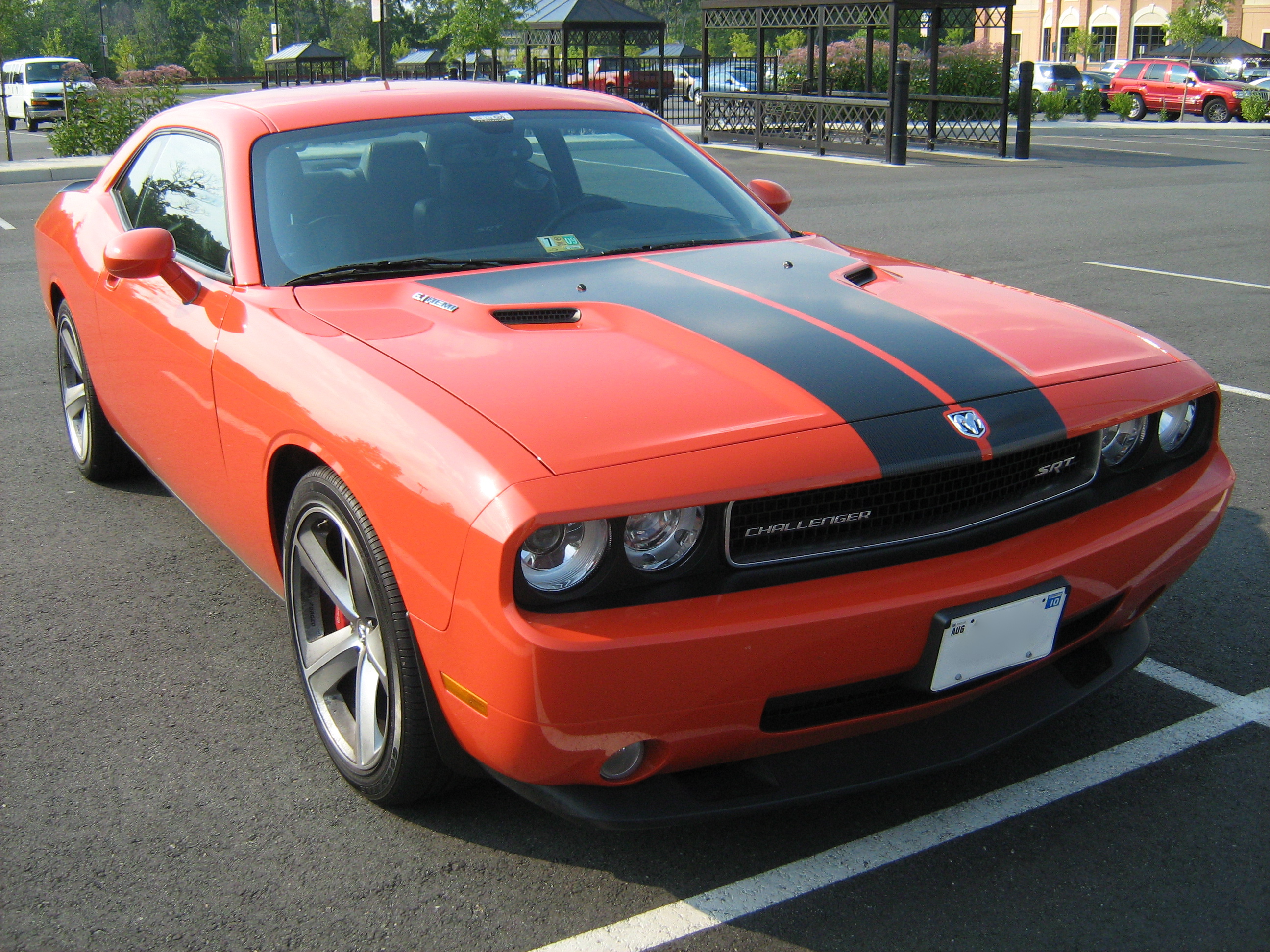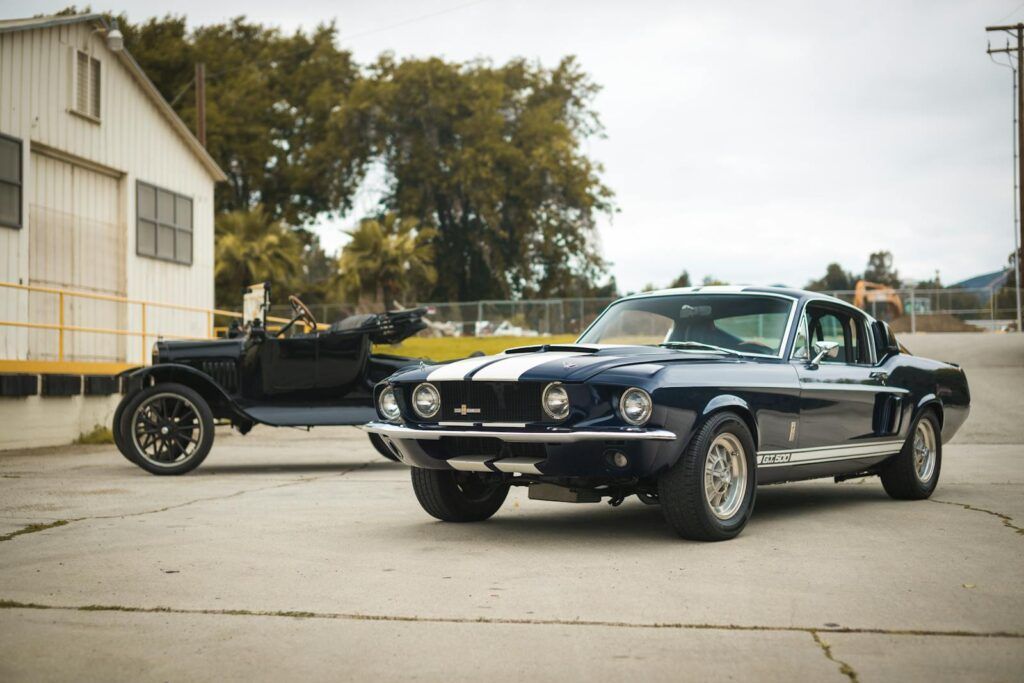
Ah, the bittersweet symphony of automotive history! There are cars that age like fine wine, their lines becoming more distinguished, their engines purring with classic charm. Then there are those that, well, let’s just say they end up more like that questionable hairstyle we all sported in high school – a fleeting moment of perceived coolness that quickly fades into awkwardness. We’re here to talk about the latter, the once-fresh faces that, for various reasons, lost their sparkle and became cautionary tales of design, engineering, or simply changing tastes.
It’s a phenomenon as old as the automobile itself. Trends shift, technology marches on at a relentless pace, and sometimes, a car’s initial allure just can’t stand the test of time. Whether it was over-hyped features that became outdated faster than you could say “CD changer,” or fundamental flaws lurking beneath a shiny exterior, these vehicles fell from grace. Unlike those rare beauties that blossom into vintage classics, the cars on our list took a nosedive, shedding the appeal they once commanded with surprising speed.
So, buckle up, gearheads and casual observers alike, as we embark on a nostalgic, sometimes brutally honest, journey through the automotive graveyard. We’re pulling back the curtain on 14 automobiles that, despite once being the talk of the town, now serve as stark reminders that in the cutthroat world of cars, even the brightest stars can fade into oblivion. Get ready to revisit some old friends and perhaps confront some uncomfortable truths about what we once considered “cool.”
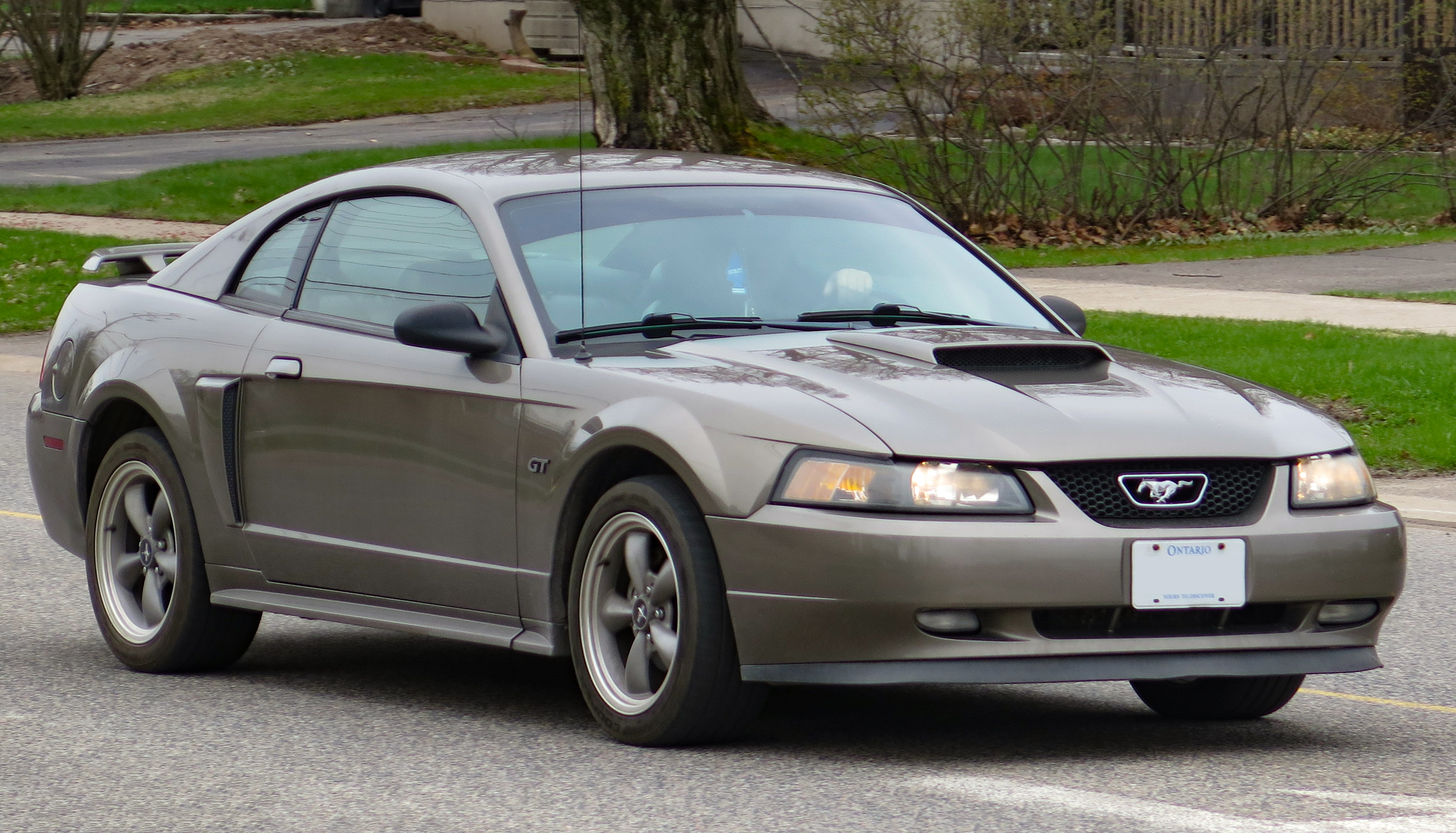
1. **Fourth-Gen Ford Mustang**After enduring the rather boxy confines of its third generation, Ford took a bold leap with the fourth-gen Mustang, aiming to rekindle the fiery spirit of the classic muscle car. This wasn’t just a tweak; they consciously “added design elements from the original 1960 models for fans who loved the retro aesthetic.” It was a clear nod to its heritage, an attempt to tap into that deep well of Mustang nostalgia that runs through American car culture.
However, a car is more than just its looks, and it seems that the not-so-powerful engines lurking beneath that retro-inspired body ultimately hampered its long-term appeal. Imagine a prize fighter stepping into the ring looking absolutely fantastic, only to throw a series of weak jabs. Despite being “the official pace car for the 1994 Indianapolis 500” and even securing “a cameo appearance in ‘The Fast and the Furious’ movie,” its initial glamour was fleeting.
The market, it turns out, has a long memory for performance (or the lack thereof). Over the years, that initial excitement surrounding its return to classic form has dwindled. What once promised a return to muscle car glory instead became an example of how even a legendary nameplate needs more than just a throwback design to maintain its shine. The fourth-gen Mustang serves as a potent reminder that true staying power requires substance to back up style.
Car Model Information: 2008 Ford Mustang GT Premium
Name: Ford Mustang
Caption: 2018 Ford Mustang GT 5.0
Aka: Ford T5 (Germany)
Manufacturer: Ford Motor Company
Production: March 1964 – present
ModelYears: 1965–present
Class: Unbulleted list
BodyStyle: Unbulleted list
Layout: Front-engine, rear-wheel-drive layout
Categories: 1970s cars, 1980s cars, 1990s cars, 2+2 coupés, 2000s cars
Summary: The Ford Mustang is an American automobile manufactured and marketed by Ford since 1964, as Ford’s longest nameplate in continuous production. Currently in its seventh generation, it is the fifth-best selling Ford car nameplate. The namesake of the “pony car” automobile segment, the Mustang was developed as a highly styled line of sporty coupes and convertibles derived from existing model lines, initially distinguished by its pronounced “long hood, short deck” proportions.
Originally predicted to sell 100,000 vehicles yearly, the 1965 Mustang became the most successful vehicle launch since the 1927 Model A. Introduced on April 17, 1964 (16 days after the Plymouth Barracuda), over 400,000 units were sold in its first year; the one-millionth Mustang was sold within two years of its launch. In August 2018, Ford produced the 10-millionth Mustang; matching the first 1965 Mustang, the vehicle was a 2019 Wimbledon White convertible with a V8 engine.
The success of the Mustang launch led to multiple competitors from other American manufacturers, including the Chevrolet Camaro and Pontiac Firebird (1967), AMC Javelin (1968), and Dodge Challenger (1970). It also competed with the Plymouth Barracuda, which was launched around the same time. The Mustang also had an effect on designs of coupes worldwide, leading to the marketing of the Toyota Celica and Ford Capri in the United States (the latter, by Lincoln-Mercury). The Mercury Cougar was launched in 1967 as a unique-bodied higher-trim alternative to the Mustang; during the 1970s, it included more features and was marketed as a personal luxury car.
From 1965 until 2004, the Mustang shared chassis commonality with other Ford model lines, staying rear-wheel-drive throughout its production. From 1965 to 1973, the Mustang was derived from the 1960 Ford Falcon compact. From 1974 until 1978, the Mustang (denoted Mustang II) was a longer-wheelbase version of the Ford Pinto. From 1979 until 2004, the Mustang shared its Fox platform chassis with 14 other Ford vehicles (becoming the final one to use the Fox architecture). Since 2005, the Mustang has used the D2C platform, unique to the Mustang.
Through its production, multiple nameplates have been associated with the Ford Mustang series, including GT, Mach 1, Boss 302/429, Cobra (separate from Shelby Cobra), and Bullitt, along with “5.0” fender badging (denoting 4.9 L OHV or 5.0 L DOHC V8 engines).
Get more information about: Ford Mustang
Buying a high-performing used car >>>
Brand: Ford Model: Mustang
Price: $16,785 Mileage: 81,832 mi.
Read more about: Remember the ’90s? These 11 Unkillable Economy Sedans Were the Absolute Albums of Reliability and the Commute.
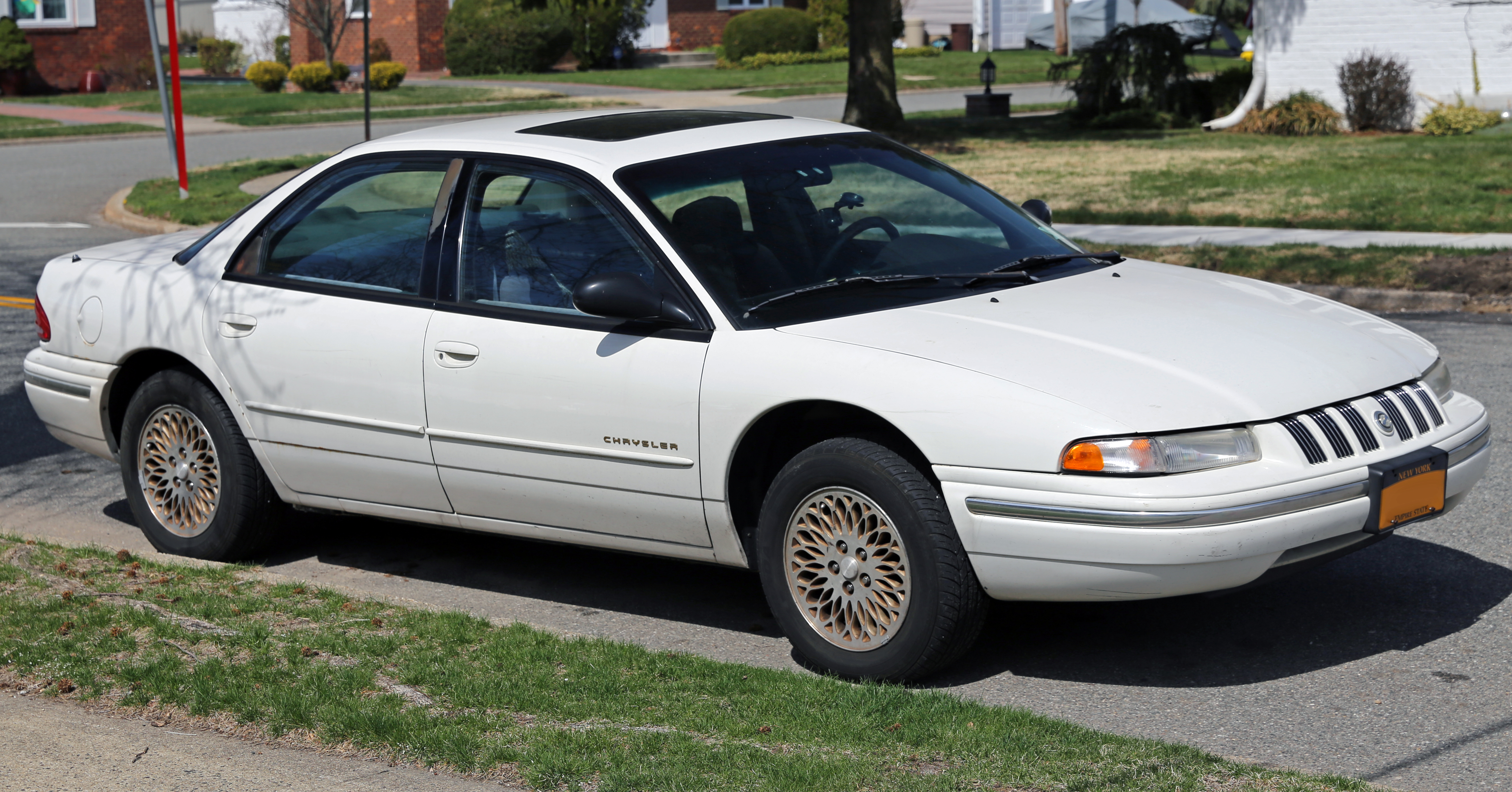
2. **Chrysler Concorde**The Chrysler Concorde arrived on the scene with a mission: to shake up the staid world of boxy sedans. And shake it up, it did! It boasted “a more modern and aerodynamic design with smooth curves and a flowing body line,” a radical departure from the norm that truly made it stand out. It even had “almost Aston Martin vibes,” which, for a mainstream American sedan, was quite the compliment and certainly garnered attention.
But as is often the case in the automotive world, good looks alone aren’t enough to secure a lasting legacy. The Concorde, despite its striking appearance, found itself plagued by a litany of mechanical woes that ultimately derailed its journey to icon status. We’re talking serious headaches here, like “engine failure from oil sludge” that would make any owner wince, along with “transmission problems” that are never a good sign for reliability.
Beyond the major mechanical failures, the car also suffered from less critical but equally annoying issues such as “fading paint” – a cosmetic flaw that chips away at pride of ownership – and “high fuel consumption,” which became an increasingly critical factor for buyers. These problems, taken together, painted a picture of a car that, while visually appealing, was an expensive and frustrating proposition to own. The Concorde’s good looks simply couldn’t paper over its deep-seated problems, leading to its eventual fade from the spotlight.
Read more about: Power and Pursuit: Exploring 12 Iconic Chrysler, Plymouth, and Dodge Police Cars That Defined Law Enforcement

3. **Ford Taurus**Once upon a time, the Ford Taurus wasn’t just a car; it was a symbol, “representing American automotive innovation” and absolutely “selling like hotcakes across the country.” This wasn’t just another sedan; it was a game-changer, improving “the sedan market with its comfort and affordable price,” thereby cementing “its place as a family car” for countless households. For a period, if you drove a Taurus, you were driving a piece of the automotive future.
However, the relentless march of progress, coupled with shifting consumer preferences, proved to be the Taurus’s undoing. As years passed, the landscape of the automotive market evolved dramatically, bringing with it a wave of “more modern sedans and SUVs” that offered fresh designs and improved performance. The Taurus, once a beacon of innovation, began to look increasingly out of step with the times.
This decline in relevance eventually led to a significant, albeit temporary, halt in its production, as Ford “temporarily discontinued the line in 2006 due to its unremarkable looks and performance.” The vehicle that had once been America’s bestselling car, a “staple people mover,” found itself overshadowed, losing its market dominance. The Taurus today holds a place in “suburban memories,” a testament to its past practicality and reliability, but also a stark example of how even a bestseller can lose its way when it fails to innovate sufficiently.
Read more about: Navigating the Minivan Maze: The 11 Most Resilient and Least Dependable Models for Families
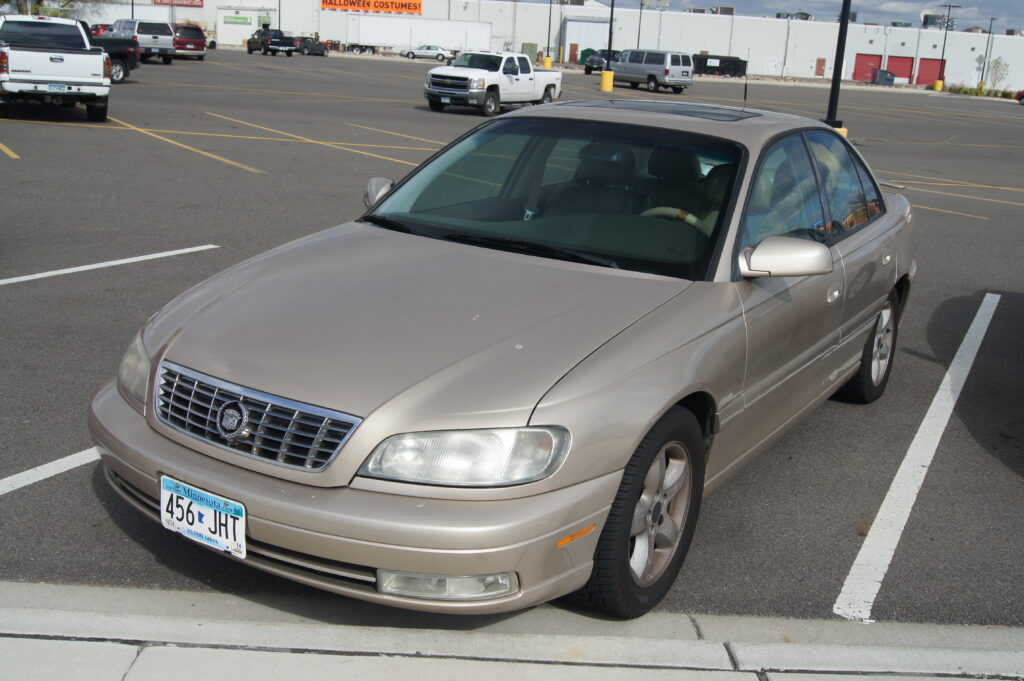
4. **Cadillac Catera**The Cadillac Catera was, to put it mildly, an experiment. It represented Cadillac’s earnest attempt “to open the European luxury market,” a strategic move to broaden its appeal beyond its traditional American base. However, this ambition came with a significant caveat: the Catera was essentially “a rebadged Opel Omega, a German sedan built by General Motors’ European subsidiary.” While this might sound like a smart shortcut, it also meant Cadillac was trying to sell a luxury car that wasn’t quite… Cadillac.
The aim was clear: “to compete with entry-level BMW and Audi luxury cars.” This put the Catera in a highly competitive arena, battling established giants known for their driving dynamics and sophisticated engineering. Unfortunately, “its performance was mid” – a death knell in a segment where driving exhilaration and refined capability are paramount. It simply couldn’t match the poise and power of its German rivals.
Adding insult to injury, ownership of the Catera quickly became a financial black hole. Drivers faced “repair bills for timing belts and cooling systems” that were undoubtedly hefty, alongside “constant electrical issues” that are frustrating on any car, let alone one aspiring to luxury status. These mounting problems and the car’s mediocre performance ultimately “made it fall out of favor with the market,” sealing its fate as a short-lived, somewhat regrettable chapter in Cadillac’s history.
Car Model Information: 2001 Cadillac Catera Standard
Name: Cadillac Catera
Caption: 1997–1999 Catera
Manufacturer: Opel
Aka: Opel Omega
Production: 1996–2001
ModelYears: 1997–2001
Successor: Cadillac CTS
Platform: General Motors V platform (RWD)
Assembly: Rüsselsheim,State of Hesse,Germany
Related: Opel Omega
Class: Compact executive car
BodyStyle: sedan (car)
Engine: General Motors 54° V6 engine#L81,V6
Transmission: GM 4L30-E transmission,automatic transmission
Length: 194.0 in
Abbr: on
Wheelbase: 107.5 in
Width: 70.3 in
Height: 56.3 in
Weight: 3897 lb
Layout: FR layout
Categories: Articles with short description, Cadillac vehicles, Cars discontinued in 2001, Cars introduced in 1996, Commons category link from Wikidata
Summary: The Cadillac Catera is a compact executive car marketed from 1997 to 2001 model years by Cadillac over a single generation in the United States, Canada and GCC. As a rebadged variant of the Opel Omega B, the Catera was manufactured by Opel in Rüsselsheim, Germany, and was underpinned by GM’s V-body platform. Approximately 95,000 units were built and sold over five model years.
Get more information about: Cadillac Catera
Buying a high-performing used car >>>
Brand: Cadillac Model: Catera
Price: $3,995 Mileage: 91,357 mi.
Read more about: The Forgotten Challengers: 6 ’90s Sedans That Crashed and Burned Against BMW’s Dominance

5. **Dodge Intrepid**The Dodge Intrepid carved out a fascinating niche for itself, emerging as “a spacious, comfortable, and surprisingly sporty American sedan.” It offered a blend of practicality and unexpected dynamism that was quite appealing at its introduction. For a brief period, it represented a more progressive, forward-thinking approach to the American family sedan, departing from some of the more traditional designs.
However, the Intrepid’s journey from promising newcomer to forgotten relic is a classic tale of reliability woes undermining initial appeal. It became one of those cars that, as the context so aptly puts it, “you only remember when you see them, and then they immediately remind you of the reason they’re no longer common.” This isn’t exactly a ringing endorsement for a vehicle’s longevity or desirability.
The reasons for its fall from grace are painfully clear: “constant engine issues” that plagued owners, alongside “transmissions that wouldn’t shift” – two fundamental failures that make a car essentially useless. Compounded by “an outdated style” as the years wore on, the Intrepid’s initial promise quickly evaporated. It simply couldn’t overcome its mechanical Achilles’ heel, ultimately rendering it irrelevant in a market that demands both comfort and consistent performance.
Car Model Information: 2004 Dodge Intrepid SE
Name: Dodge Intrepid
Manufacturer: Chrysler Corporation
Aka: Chrysler Intrepid (Canada)
Production: 1992–2003
ModelYears: 1993–2004
Assembly: Brampton, Ontario
Class: Full-size car
BodyStyle: Sedan (automobile)
Platform: Chrysler LH platform
Layout: Front-engine, front-wheel-drive layout
Predecessor: Dodge Monaco#Fifth generation (1990–1992)
Successor: Dodge Charger (2006),Chrysler 300
Categories: 1990s cars, All articles needing additional references, Articles needing additional references from December 2018, Articles with short description, CS1 Czech-language sources (cs)
Summary: The Dodge Intrepid is a full-sized front-wheel drive four-door sedan that was produced by Dodge for the 1993 to 2004 model years. It is related to the Chrysler 300M, Chrysler Concorde, Chrysler LHS, Chrysler New Yorker, and Eagle Vision which were all built on Chrysler’s new “cab forward” LH platform.
The Intrepid was sold in Canada as the Chrysler Intrepid. In the United States, it replaced the Dodge Monaco as Dodge’s largest passenger car. With Dodge’s introduction to Mexico during that time, it was badged as a Dodge, replacing the Dynasty which had been sold there under the Chrysler brand.
Get more information about: Dodge Intrepid
Buying a high-performing used car >>>
Brand: Dodge Model: Intrepid
Price: $2,263 Mileage: 239,455 mi.
Read more about: Are You Driving a ‘Selfish’ Car? Unpacking 9 Vehicles With Unflattering Owner Stereotypes That Everyone Secretly Thinks

6. **Land Rover Discovery**The Land Rover Discovery arrived on the scene with considerable fanfare, quickly racking up sales thanks to its formidable capabilities on “off-road terrains and spacious interior.” This mid-size luxury SUV wasn’t just about getting from A to B; it was about adventure, about conquering the untamed, all while offering ample room for passengers and gear. It catered to a lifestyle, an aspirational image that many buyers found irresistible.
What’s more, Land Rover sweetened the deal with a variety of trims, allowing buyers to customize their experience. Options included “the Discovery HSE with advanced luxury features” for those who wanted refinement with their ruggedness, and “the off-road Discovery R-Dynamic S” for the truly adventurous. Mechanically, it was impressive, boasting “a standard all-wheel drive, a sophisticated suspension system, and advanced traction control system.” On paper, it sounded like the perfect blend of luxury, utility, and capability.
But even with all these bells and whistles, there was a glaring flaw that eventually dampened its sparkle: “its poor fuel economy wasn’t worth its exorbitant price.” In an era of increasing environmental consciousness and rising fuel costs, a vehicle that guzzled gas at an alarming rate, especially one with a hefty price tag, was a tough sell. The high cost of entry combined with ongoing, significant running costs made it a luxury many couldn’t, or wouldn’t, justify in the long run, leading to a decline in its perceived value.
Car Model Information: 2022 Lincoln Aviator Reserve AWD
Sp: uk
Name: Land Rover Discovery
Caption: 2018 Land Rover Discovery
Manufacturer: Land Rover Ltd.,Jaguar Land Rover
Production: 1989–present
Class: Executive car,Sport utility vehicle
Layout: Front-engine, four-wheel-drive
Categories: All-wheel-drive vehicles, All Wikipedia articles written in British English, All articles lacking reliable references, All articles with unsourced statements, Articles lacking reliable references from December 2010
Summary: The Land Rover Discovery is a series of five or seven-seater family SUVs, produced under the Land Rover marque, from the British manufacturer Land Rover, and later Jaguar Land Rover. The series is currently in its fifth iteration (or generation, according to the manufacturer), the first of which was introduced in 1989, making the Discovery the first new model series since the launch of the 1970 Range Rover – on which it was based – and only the third new product line since the conception of the Land Rover (vehicle and brand) by Rover in 1948. The model is sometimes called influential, as one of the first to market a true off-road capable family car.
Although the Range Rover had originally been designed as an everyday four wheel drive car that could be used as both a utility vehicle and a family car, it had progressively moved upmarket through its life to evolve into a luxury vehicle sold at a much higher price point. The Discovery was intended to fulfill the role the Range Rover originally was intended for; a segment which was now dominated by Japanese rivals such as the Nissan Patrol, Mitsubishi Pajero and Toyota Land Cruiser. Although positioned below the Range Rover in the company’s line-up, the vehicle was both longer and higher, offered more room in the back, and optionally also more seats. Space utilization became more sophisticated in later generations, but the series keeps offering seats for seven occupants. Despite originally being sold as an affordable alternative to the Range Rover, the Discovery has also progressively moved upmarket through its successive generations to become a bonafide luxury SUV.
The second Discovery (1998) was called the Series II, and although it featured an extended rear overhang, it was otherwise an extensive facelift, which carried over the 100 in (2,540 mm) wheelbase frame and rigid, live front and rear axles derived from the original Range Rover.
The third generation – succeeding the Series II in 2004 – was either called the Discovery 3 or simply LR3 (in North America and the Middle East). This was a new ground up design, the first all-original design for the Discovery. Although it followed the 2002 third generation Range Rover, also switching to fully independent suspension, it still received a separate, but integrated body and frame (IBF) structure. The fourth generation, as of 2009 – like the series II, was again mainly an update of the new generation – marketed as the Discovery 4, or Land Rover LR4 for North American and Middle Eastern markets.
The fifth generation of the Discovery, introduced in 2017, no longer sports a numeric suffix. Unlike the previous two generations, it now benefits from a unitized body structure, making it lighter than its predecessor.
Get more information about: Land Rover Discovery
Buying a high-performing used car >>>
Brand: Land Rover Model: Discovery
Price: $39,000 Mileage: 66,933 mi.
Read more about: Unmasking the Money Pits: 12 Vehicles and Recalls That Cost You Dearly After Warranty Expires
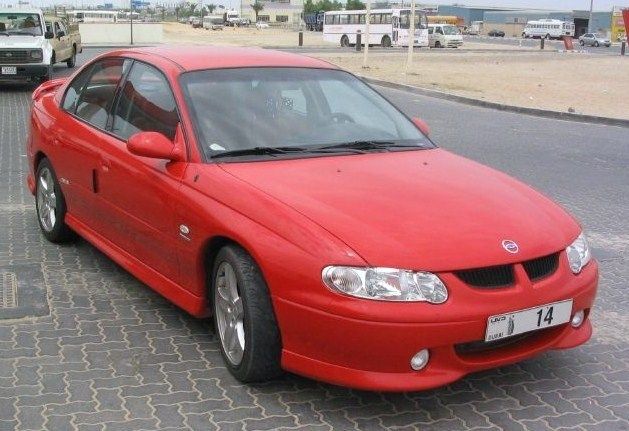
7. **Chevrolet Lumina**The Chevrolet Lumina occupies a rather curious space in automotive memory. It was once widely “considered the ideal family car,” a practical and dependable choice for countless households across America. Yet, despite its initial promise and widespread adoption, many today “probably don’t remember the Chevrolet Lumina.” This rapid descent into anonymity speaks volumes about its ultimate failure to leave a lasting impression.
The primary culprit for its fade into obscurity was its design, or rather, the lack of distinctive flair in it. The Lumina simply “fell behind because its ‘boring’ design wasn’t as stylish as some of its competitors.” In a market increasingly driven by aesthetics and curb appeal, a car that failed to excite the eye was at a severe disadvantage. It blended into the background rather than standing out, a fatal flaw for sustained popularity.
Beyond its uninspired looks, “fuel efficiency also became a growing concern for consumers,” a factor that the Lumina struggled to address. Its “V6 engines could have been more economical,” placing it at a disadvantage compared to more frugal rivals. This combination of bland design and less-than-stellar fuel economy ultimately meant the Lumina, despite its family-friendly intentions, couldn’t keep pace, losing its initial luster and becoming a forgotten chapter in Chevrolet’s history.
While the everyday chariots of our collective past offer a poignant lesson in automotive evolution, the realm of luxury, sports, and niche vehicles presents an even sharper, often more dramatic, fall from grace. Here, the stakes are higher, the promises grander, and the disappointment, when it arrives, can be utterly crushing. These aren’t just cars; they are statements, aspirations, and sometimes, unfortunate missteps.
We’re now shifting gears to scrutinize those vehicles that were once hailed as paragons of performance, design, or exclusivity, only to watch their star dim. Whether due to controversial styling choices that didn’t age well, the nagging specter of reliability concerns and exorbitant maintenance bills, or simply being outmaneuvered by the relentless march of automotive innovation, these next seven cars illustrate that even the most glamorous machines aren’t immune to losing their sparkle. Get ready to confront some rather uncomfortable truths about what happens when pedigree meets the harsh realities of the market.
Car Model Information: 1992 Chevrolet Lumina Z34
Name: Chevrolet Lumina
Caption: Second-generation Lumina
Manufacturer: Chevrolet
Production: 1989–2001,1998–2013
ModelYears: 1990–2001,1999–2013
Class: Mid-size car
Platform: GM W platform,General Motors V platform (RWD),General Motors Zeta platform
Layout: Front-engine, front-wheel-drive,Front-engine, rear-wheel-drive
Predecessor: Chevrolet Celebrity
Successor: Chevrolet Impala#Eighth generation (2000–2005)
Categories: 1980s cars, 1990s cars, 2000s cars, All articles with unsourced statements, Articles with short description
Summary: The Chevrolet Lumina is a mid-size car that was produced and marketed by the Chevrolet division of General Motors from 1989 until 2001. It was a full-size car produced by Holden for the Middle Eastern and South African markets from 1998 to 2013, based on the Holden Commodore, with a coupe variant based on the Holden Monaro from 2003 to 2006.
Get more information about: Chevrolet Lumina
Buying a high-performing used car >>>
Brand: Chevrolet Model: Lumina
Price: $26,995 Mileage: 723 mi.
Read more about: Navigating the Minivan Maze: The 11 Most Resilient and Least Dependable Models for Families

8. **Pontiac Sunfire**One look at the Pontiac Sunfire, and you could’ve sworn it had the potential to replace the aging Sunbird. There was a genuine sense of optimism surrounding its debut, largely thanks to its sleek body style. It was even available as a coupe and convertible, offering a dash of personality that drivers in the market for something a bit sportier could appreciate. It felt like a fresh face trying to carve out its own identity in a crowded segment.
Yet, despite its initial promise and those distinctive lines, the Sunfire ultimately couldn’t compete with the heavyweights of its class. It was up against formidable rivals like the Honda Civic, Toyota Corolla, and Ford Escort, cars that had already established a reputation for reliability, efficiency, and a solid driving experience. The Sunfire, for all its visual flair, just couldn’t measure up to the well-rounded packages offered by its competition. It was a valiant effort, but sometimes, trying hard just isn’t enough in the automotive gladiatorial arena.
The core problem wasn’t just the intense competition; it was what lay beneath the surface. Its engine wasn’t exactly a powerhouse, often described as less than thrilling, which is a significant drawback for any car trying to evoke a sense of ‘personality’ or sportiness. Furthermore, the very elements that gave it a contemporary edge, like its three-spoke alloy wheels, got outdated fast, making it look dated sooner than most.
These combined shortcomings meant the Sunfire quickly lost its initial sheen. What once looked promising quickly faded into a memory, proving that even a sleek design and a variety of body styles aren’t enough to sustain appeal when core performance and timeless aesthetics are lacking. It became a car that simply couldn’t hold its own against the onslaught of more competent and enduring designs.
Car Model Information: 1996 Pontiac Sunfire SE
Name: Pontiac Sunfire
Manufacturer: Pontiac (automobile)
Production: 1994–2005
ModelYears: 1995–2005
Class: Compact car
Layout: Front-engine, front-wheel-drive layout
Platform: GM J platform
BodyStyle: convertible
Related: Chevrolet Cavalier
Predecessor: Pontiac Sunbird
Successor: Pontiac G5
Engine: ubl
Transmission: manual transmission
Wheelbase: 104.1 in
Abbr: on
Assembly: Ramos Arizpe,Coahuila
Length: 182 in
Width: 67.4 in
Height: 53 in
Weight: 2,605 lb (1,182 kg)
Categories: 2000s cars, All articles needing additional references, Articles needing additional references from March 2025, Articles with short description, Cars discontinued in 2005
Summary: The Pontiac Sunfire is a compact car by Pontiac that was introduced for the 1995 model year to replace the Sunbird. Not only was the name changed, but dramatic styling changes were included as well. The new styling was shared with the redesigned Chevrolet Cavalier. The J platform was updated structurally to meet more stringent safety standards for the 1996 model year.
The Pontiac Sunfire went through two facelifts in its 11-year run: a small redesign in 2000 featuring the heavy plastic cladding look that was prevalent with Pontiac at the time, and a more streamlined update in 2003. In the US, the coupe was the only model available from 2003 to 2005. The sedan continued to be sold in Canada and Mexico until the end of production on June 22, 2005. GM replaced the Sunfire with the G5 for the 2006 model year in Canada and the 2007 model year in the United States.
Get more information about: Pontiac Sunfire
Buying a high-performing used car >>>
Brand: Pontiac Model: Sunfire
Price: $3,900 Mileage: 112,067 mi.
Read more about: Unearthing Forgotten Giants: The Neglected ’70s Trucks Only True Old-Timers Will Instantly Recognize
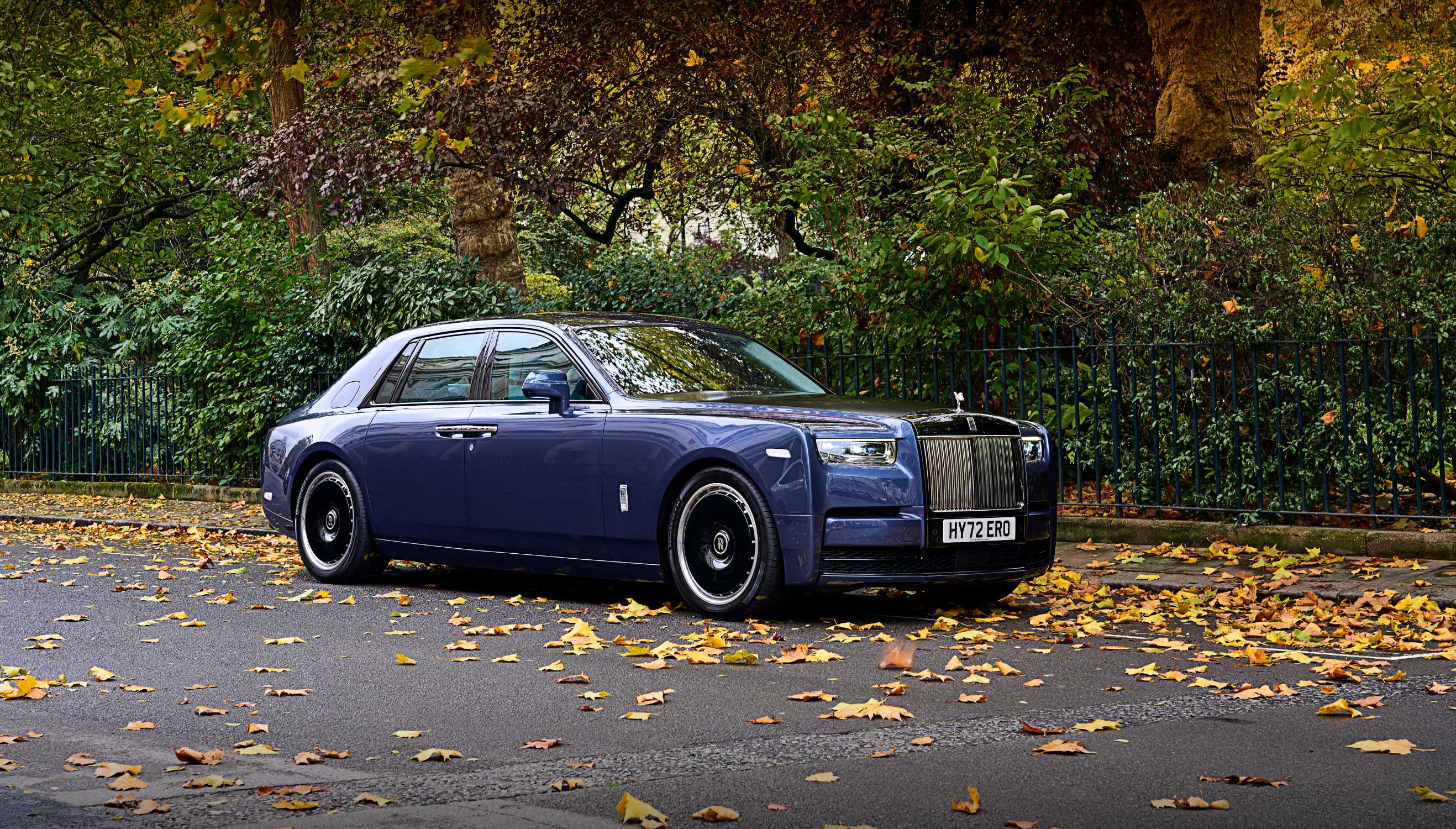
9. **Rolls-Royce Phantom**The Rolls-Royce Phantom nameplate started way back in 1925, making it one of the longest-running car models in history. This isn’t just any car; it’s a Rolls-Royce, a brand synonymous with the absolute pinnacle of luxury automobiles, exquisite craftsmanship, and an undeniable aura of prestige. So, to find a legendary vehicle like the Phantom on a list of cars that have lost their glamour is, frankly, shocking and almost sacrilegious to some.
However, even icons can have their missteps, or at least, be perceived as such. The specific critique leveled against the Phantom on this list is particularly brutal for a car of its stature: it “deserves a spot for looking older than it is without achieving vintage status.” Think about that for a moment. For a car that costs more than most houses, one expects a design that is either timelessly classic or cutting-edge, not one that seems to prematurely age without gaining the revered patina of a true vintage classic.
This isn’t about reliability issues or mechanical failures; it’s a pure, unadulterated judgment on its aesthetic longevity. While many Rolls-Royces gracefully transition from new luxury to revered classic, certain iterations of the Phantom seemingly got stuck in an awkward middle ground. It’s a paradox: an ultra-luxury vehicle whose design, despite its opulence, failed to evolve or captivate enough to maintain its contemporary appeal while simultaneously failing to ripen into an object of nostalgic desire.
For a brand that trades on heritage and enduring class, this is a rare, almost philosophical stumble. It suggests that even the most meticulously crafted and outrageously expensive vehicles aren’t immune to the subjective whims of taste and the relentless march of design trends. The Phantom’s presence here is less about a failure of engineering and more about the ultimate difficulty of achieving truly timeless design, even for the automotive elite.
Read more about: The ’80s Conundrum: 14 Iconic Automotive Brands That Major Manufacturers Ultimately Let Go
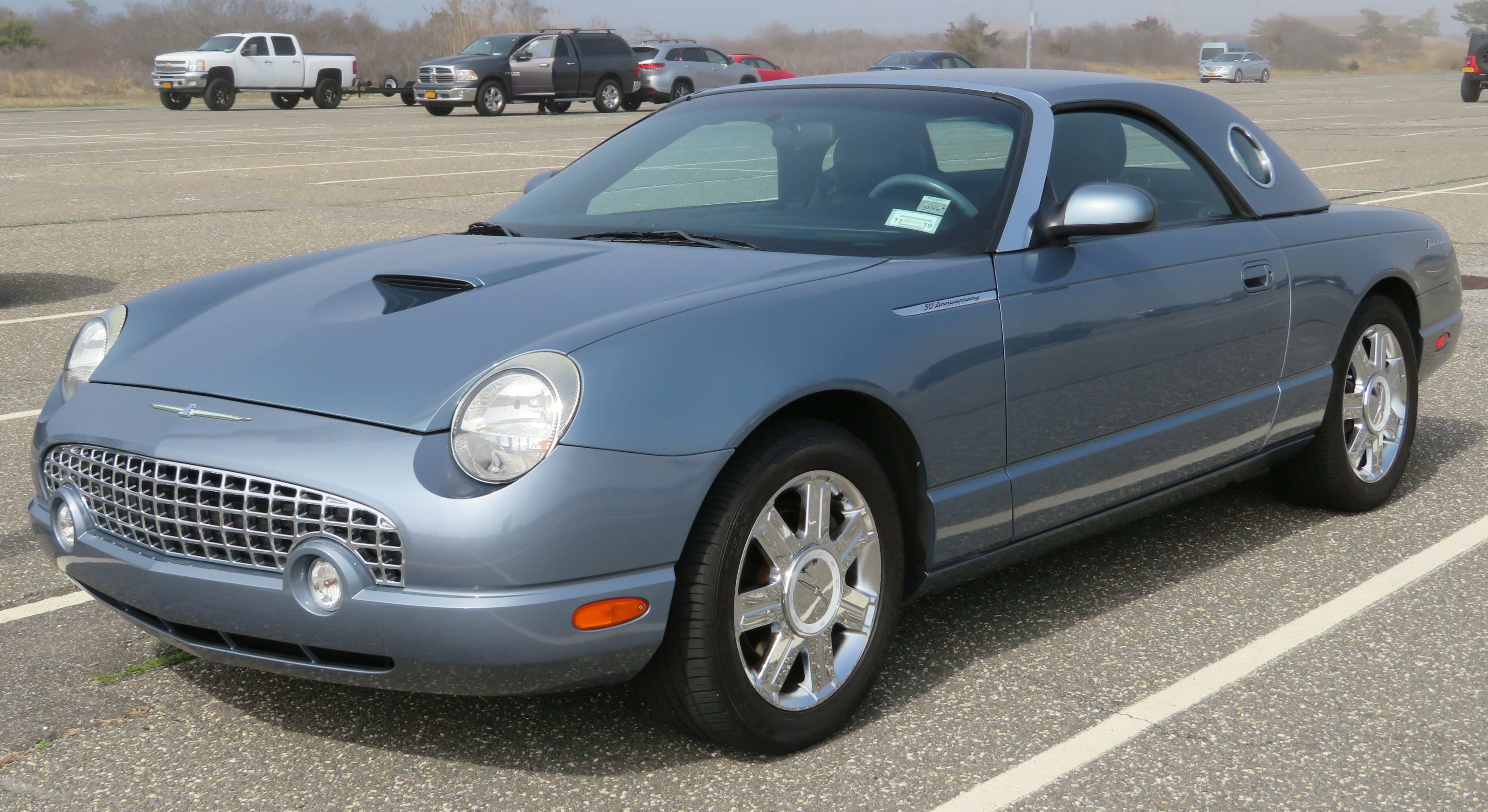
10. **Ford Thunderbird (11th Gen)**After a five-year hiatus, Ford made a bold move in 2002 by reintroducing the Thunderbird. This wasn’t just a simple refresh; it was a deliberate attempt to capitalize on the burgeoning retro design trend of the early 2000s. The idea was to tap into that deep well of nostalgia for the iconic original, bringing its classic flair into a new millennium. There was a buzz, a genuine excitement about this legend’s return.
However, in a classic case of good intentions paving the road to design purgatory, this tactic spectacularly backfired. Critics, never shy about their opinions, were rather blunt, asserting that the design idea “should’ve stayed on the drawing board.” Ouch. What Ford envisioned as a stylish homage, many perceived as an awkward, diluted imitation that lacked the grace of the original and the modernity of its contemporaries. It was a visual miscalculation of significant proportions.
When a design falls flat, especially for a revived icon, the market doesn’t forgive easily. Sales figures, the ultimate arbiter of success, soon fell short of Ford’s optimistic expectations. The public simply wasn’t buying into the retro vision they were selling. This lukewarm reception quickly sealed its fate.
The production of the 11th-gen Thunderbird was abruptly halted in 2005, after a mere three model years. It stands as a stark reminder that while nostalgia can be a powerful marketing tool, it’s also a double-edged sword. Not every beloved classic is destined for a successful revival, especially when the execution fails to capture the magic of the original or offer compelling reasons for its modern existence. Some legends are best left undisturbed.
Car Model Information: 1956 Ford Thunderbird Base
Name: Ford Thunderbird
Caption: 1957 Thunderbird
Manufacturer: Ford Motor Company
Production: unbulleted list
ModelYears: unbulleted list
Class: unbulleted list
Layout: Front-engine, rear-wheel drive layout
Categories: 1960s cars, 1970s cars, 1980s cars, 1990s cars, 2000s cars
Summary: The Ford Thunderbird is a personal luxury car manufactured and marketed by Ford Motor Company for model years 1955 to 2005, with a hiatus from 1998 to 2001.
Ultimately gaining a broadly used colloquial nickname, the T-Bird, the model was introduced as a two-seat convertible, subsequently offered variously in a host of body styles including as a four-seat hardtop coupe, four-seat convertible, five-seat convertible and hardtop, four-door pillared hardtop sedan, six-passenger hardtop coupe, and five-passenger pillared coupe, before returning in its final generation, again as a two-seat convertible.
At its inception, Ford targeted the two-seat Thunderbird as an upscale model. The 1958 model year design introduced a rear seat and arguably marked the expansion of a market segment that came to be known as personal luxury cars, positioned to emphasize comfort and convenience over handling and high-speed performance.
Get more information about: Ford Thunderbird
Buying a high-performing used car >>>
Brand: Ford Model: Thunderbird
Price: $34,999 Mileage: 87,117 mi.
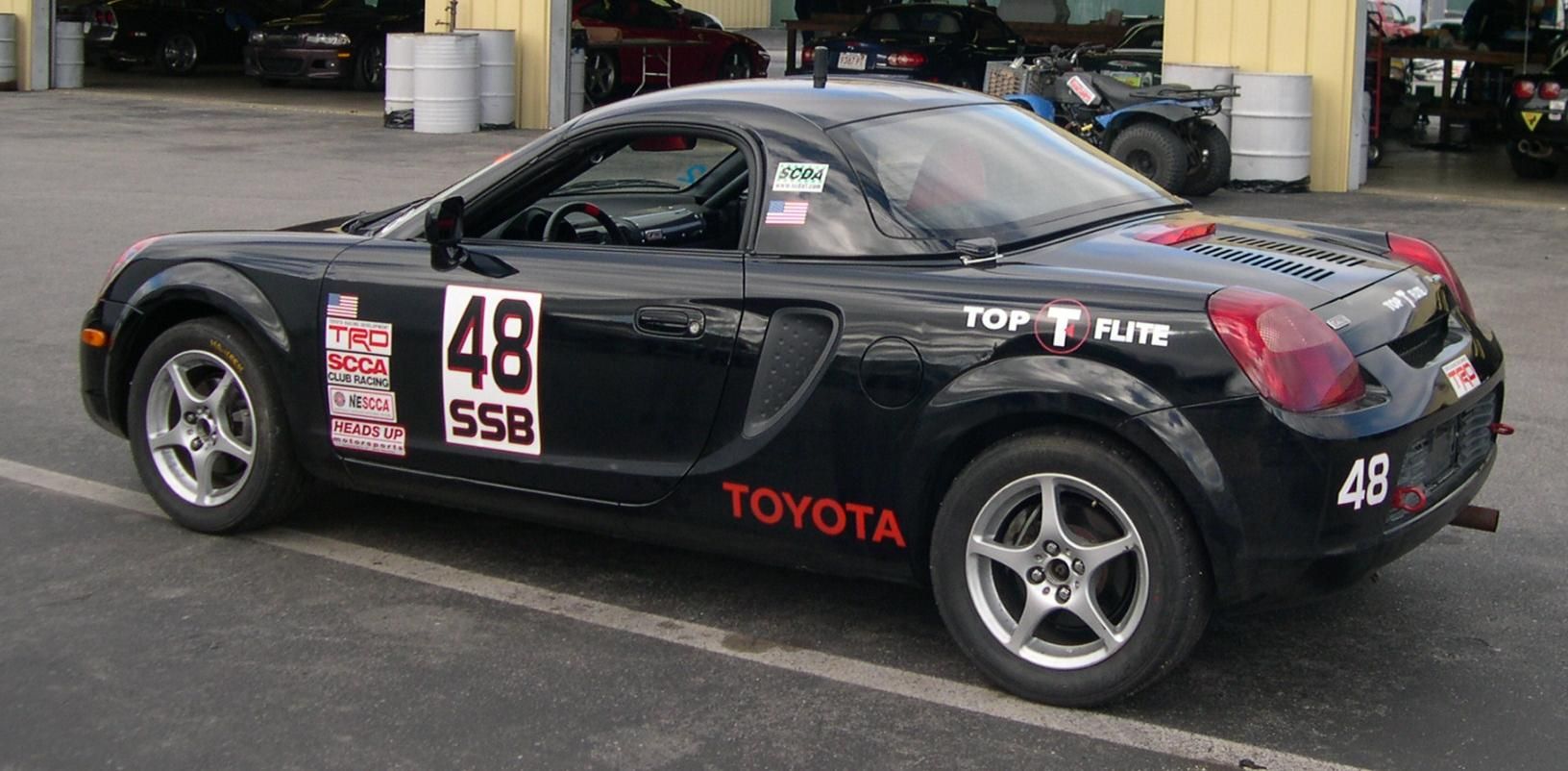
11. **Toyota MR2 Spyder**The Toyota MR2 Spyder sashayed onto the scene as a rather intriguing proposition: a mid-engine roadster with undeniably sleek looks. On paper, and certainly to the eye, it presented itself as a nimble, fun-to-drive sports car, an accessible taste of exotic layouts without the stratospheric price tag. It had all the visual cues of something genuinely exciting, a car that promised open-air thrills and dynamic handling.
However, the MR2 Spyder quickly earned a reputation that, while not entirely negative, certainly didn’t scream “performance icon.” Critics often labeled it as “the low-budget version of high-performance sports cars.” The reason was simple, yet crucial: despite its sleek looks, it simply “didn’t have a powerful engine.” In the world of sports cars, even a fantastic chassis can only compensate so much for a lack of grunt. It was a case of style writing a check its engine couldn’t cash.
Consequently, this compact roadster never quite achieved mainstream success. Its production numbers remained relatively low throughout its lifespan, a clear indicator that it failed to capture a broad audience, either among hardcore enthusiasts seeking raw power or casual buyers looking for a more practical, albeit sporty, ride. It occupied a somewhat awkward middle ground.
Today, if you scour the used car market, you can often find the MR2 Spyder selling for remarkably cheap. This readily available, low-cost status in the secondary market is a clear, if painful, piece of evidence that it indeed “fell off at some point.” It’s a shame, as the concept was brilliant, but the execution left many wanting more under the hood, leading to its eventual fade from prominence.
Car Model Information: 2024 GMC Sierra 1500 SLT
Name: Toyota MR2
Caption: Second generation MR2
Manufacturer: Central Motors
Aka: Toyota MR (France and Belgium)
Production: 1984–2007
Assembly: Sagamihara, Kanagawa
Class: Sports car
Layout: Rear mid-engine, rear-wheel-drive layout
ModelYears: 1985–2007
Categories: 1990s cars, 2000s cars, All Wikipedia articles written in American English, All articles containing potentially dated statements, All articles needing additional references
Summary: The Toyota MR2 is a two-seater sports car which was manufactured and marketed by Toyota from 1984 until 2007 over three generations. It was the first Japanese rear-mid-engine, rear-wheel-drive production car and was sold around the world. The first generation (W10) was produced from 1984 to 1989, the second generation (W20) from 1989 to 1999, and the third generation (W30) from 1999 to 2007.
Conceived as a small, economical and sporty car, the MR2 features a straight-four engine, transversely mounted in front of the rear axle, four-wheel disc brakes, and fully independent coilover suspension with MacPherson struts on each wheel.
The name MR2 stands for either “mid-ship run-about 2-seater” or “mid-engine, rear-wheel-drive, 2-seater”. In French-speaking markets, the vehicle was renamed Toyota MR because the abbreviation “MR2” sounds like the profanity “merdeux” when spoken in French.
Get more information about: Toyota MR2
Buying a high-performing used car >>>
Brand: Toyota Model: MR2 Spyder
Price: $43,759 Mileage: 32,694 mi.
Read more about: Engineer’s Nightmare: 14 Classic Models That Define Automotive Repair Challenges in 2025
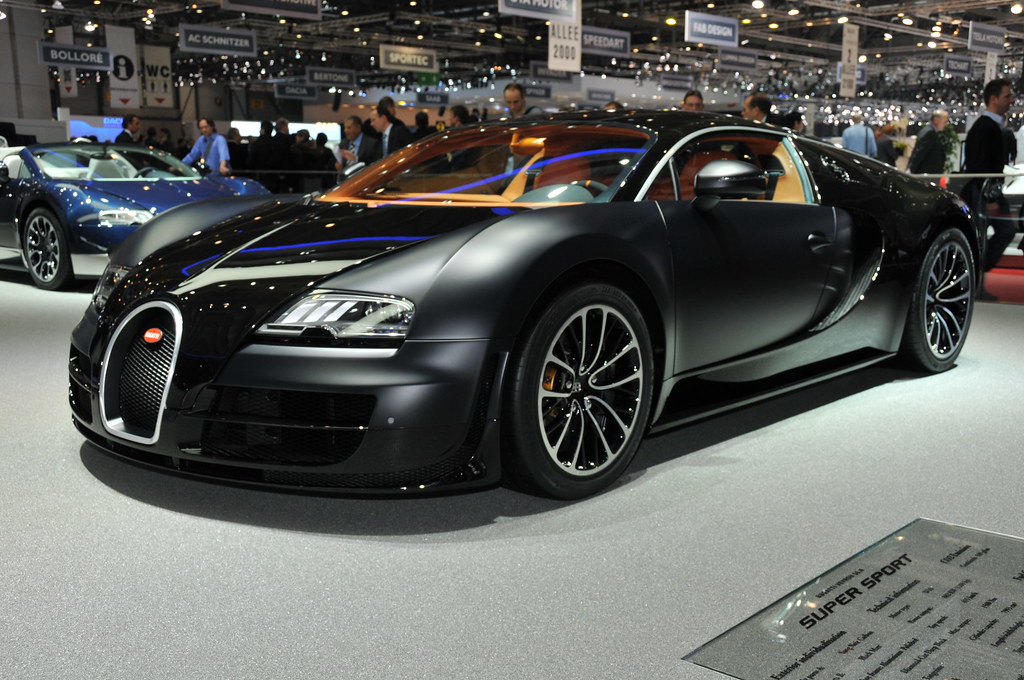
12. **Bugatti Veyron**The Bugatti Veyron. Just the name itself conjures images of outrageous speed, unparalleled luxury, and an untouchable class. When it burst onto the scene, it was an automotive titan, shattering records and redefining what a hypercar could be. You’d reasonably expect such a marvel of engineering and design to dominate the automobile world forever, its allure eternal and its reign unchallenged.
But the automotive landscape is a brutal, relentless arena, and even for a legend like the Veyron, “times have changed, so it has to compete against many other sleeker machines.” The competition didn’t just catch up; it innovated, pushing boundaries of aesthetics and aerodynamics in ways that made even the mighty Veyron begin to show its age. The relentless pursuit of perfection in the hypercar segment means yesterday’s king can quickly become today’s esteemed, yet slightly less dazzling, predecessor.
Perhaps the most surprising and unflinching criticism leveled against the Veyron is a design flaw that, for a car of its prestige, is almost unthinkable. Despite its monumental performance and status as one of the best high-performance cars in the world, its distinctive “two-tone paint job and front grille make it look like a kit car rather than a speedster.” This isn’t a minor quibble; it’s a fundamental challenge to its aesthetic integrity, implying a lack of cohesive, high-end design that one expects from Bugatti.
This perception, however unfair it might seem to some, highlights that even peak performance needs to be wrapped in an equally compelling package to maintain its timeless appeal. The Veyron remains a technical masterpiece, but its visual characteristics, perhaps once seen as unique, now serve as a curious footnote in its otherwise stellar history, proving that even hypercar royalty can have its crown tilted by shifting tastes.
Read more about: The Curated Canvas: Inside Ralph Lauren’s Exclusive Garage of Vintage Race Cars and Modern Exotic Hypercars

13. **Maserati Quattroporte (Various generations)**Over the years, the Maserati Quattroporte has consistently aimed to deliver an enticing blend of high performance and opulent luxury. It’s the kind of car that, with its unmistakable Italian styling, promises a driving experience imbued with passion and exclusivity. For many, the very thought of owning a Maserati sedan is enough to stir the soul, representing a distinct alternative to the more staid German luxury offerings.
However, this undeniable allure has, unfortunately, often been shadowed by a significant and persistent Achilles’ heel: reliability issues. Certain generations of the Quattroporte have gained a reputation for being somewhat temperamental, suffering from various mechanical and electrical gremlins that can quickly sour the ownership experience. This perception of fragility, fairly or unfairly, has deeply impacted its long-term desirability.
Compounding the reliability concerns are the notoriously high maintenance costs. Owning a Maserati, particularly one that requires frequent trips to the service center, can become a significant financial burden. These factors, taken together, contribute to a less-than-stellar resale value. While the car offers impressive performance and head-turning looks, its market value is frequently impacted negatively by the very real perception of costly upkeep and the potential for inconvenient breakdowns.
So, while the Quattroporte seduces with its impressive performance and a styling that few can match, it has struggled to maintain its allure as a truly compelling long-term proposition. The dream of Italian luxury and speed often collides with the frustrating reality of expensive visits to the shop, ultimately diminishing its appeal for a broader audience seeking both prestige and peace of mind.
Car Model Information: 2012 Maserati Quattroporte S
Name: Maserati Quattroporte
Caption: Maserati Quattroporte VI
Manufacturer: Maserati
Production: 1963–1969,1971,1974–1990,1994–2001,2003–2012,2013–2023
Assembly: Modena,Grugliasco,Turin
Class: Full-size luxury car
BodyStyle: Sedan (car)
Sp: uk
Categories: 1970s cars, 1980s cars, 1990s cars, 2000s cars, 2010s cars
Summary: The Maserati Quattroporte (Italian pronunciation: [ˌkwattroˈpɔrte]) is a four-door full-size luxury sedan produced by Italian automobile manufacturer Maserati. The name translated from Italian means “four doors”. The production of the sixth generation ended in late 2023, with the first generation introduced in 1963.
Get more information about: Maserati Quattroporte
Buying a high-performing used car >>>
Brand: Maserati Model: Quattroporte
Price: $12,980 Mileage: 82,851 mi.
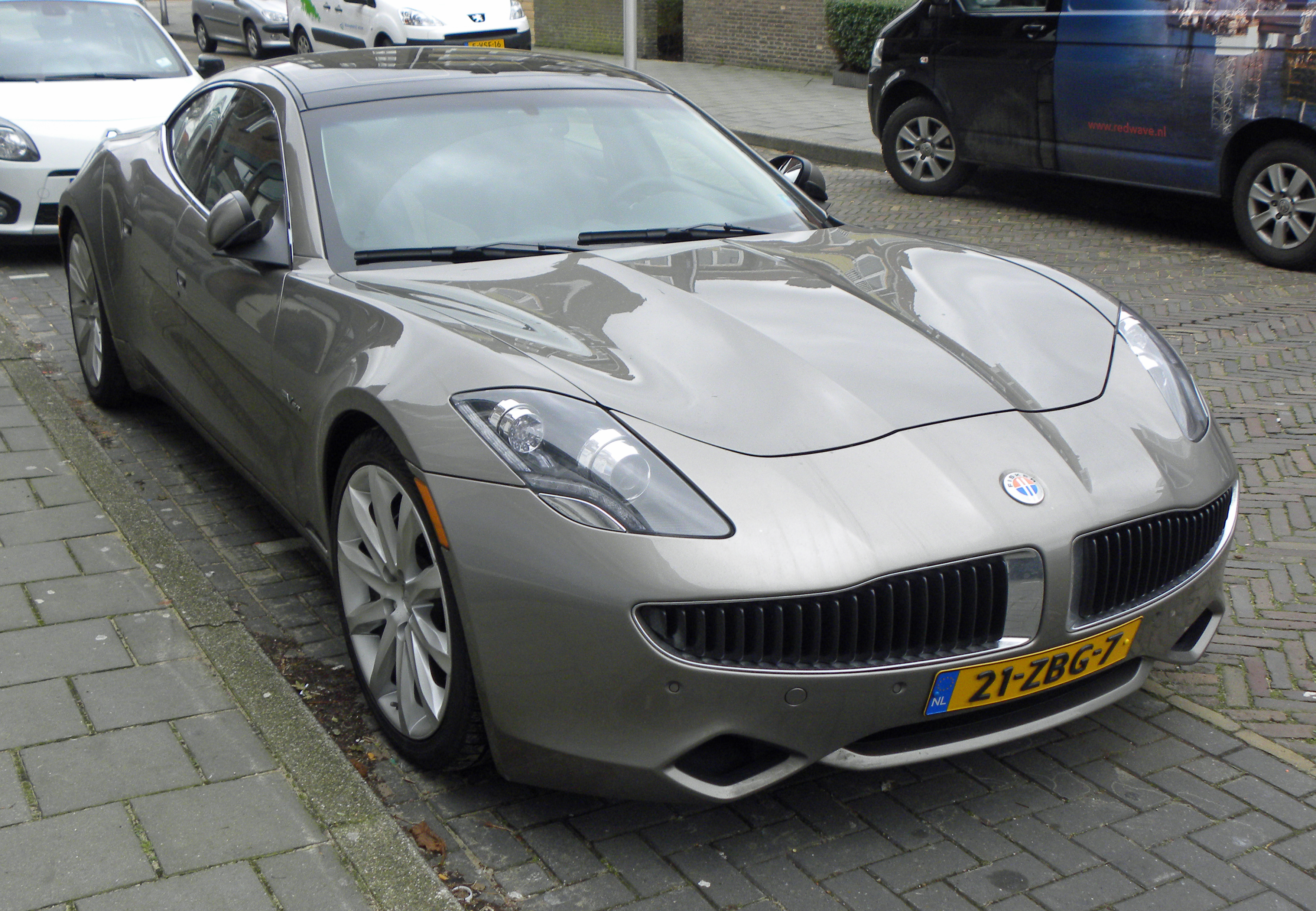
14. **Fisker Karma**The Fisker Karma was a vehicle born of ambition and a pioneering spirit, a genuine attempt to fuse luxury with eco-friendly technology in a plug-in hybrid sports sedan. With its strikingly dramatic design, complete with those distinctive side vents and a silhouette that turned heads, it was a car that dared to be different. It promised a glimpse into the future of high-end motoring, combining environmental consciousness with undeniable curb appeal.
Yet, this innovative approach was tragically short-lived, as the Karma quickly became plagued by a series of critical issues. Reliability concerns mounted almost as quickly as the car garnered attention, casting a long shadow over its advanced technology. Most notably, it endured a high-profile recall related to its battery packs, a setback that not only dented its reputation but also raised serious questions about its long-term viability and safety.
These persistent problems, combined with the tumultuous journey of its parent company, culminated in the unfortunate bankruptcy of Fisker Automotive. The dream of a groundbreaking luxury hybrid sedan effectively dissolved, leaving a trail of disappointed owners and a severely tarnished brand image. It’s a stark reminder that even the most visionary concepts require robust engineering and stable corporate backing to truly succeed.
The aftermath saw the Fisker Karma’s value plummet in the secondary market, experiencing rapid depreciation and limited demand. What began as a bold, luxurious, and environmentally conscious statement ended as a cautionary tale of ambition outpacing execution. It stands as a powerful example of how quickly even a stunning, innovative vehicle can lose its glamour when faced with fundamental reliability challenges and corporate collapse.
Read more about: Whispers on Wheels: Unveiling the Private Car Choices of Hollywood’s Elite for Their Personal Lives
The automotive world is a vibrant, ever-changing tapestry, and the stories of these 14 vehicles—both the mainstream workhorses and the high-flying luxury machines—serve as poignant reminders of its unforgiving nature. What’s considered cutting-edge today can be outdated tomorrow, and yesterday’s darling can swiftly become a footnote. It’s a relentless cycle of innovation, design, and shifting public perception. These cars, in their unique ways, underscore that true automotive glamour isn’t just about initial flash or a prestigious badge; it’s about enduring quality, adaptable design, and a certain undefinable something that resonates through the decades, resisting the inevitable tide of obsolescence. And for that, we continue our relentless fascination with every curve, every engine roar, and every story a car has to tell, both glorious and grim. The road, after all, is long, and only the truly exceptional ride it forever.



